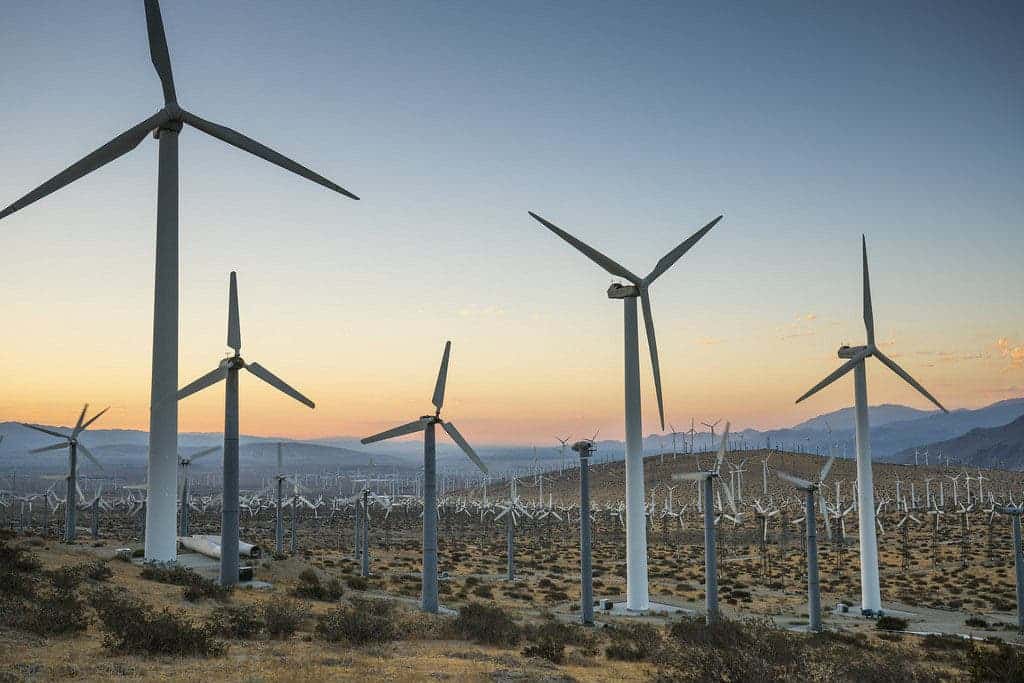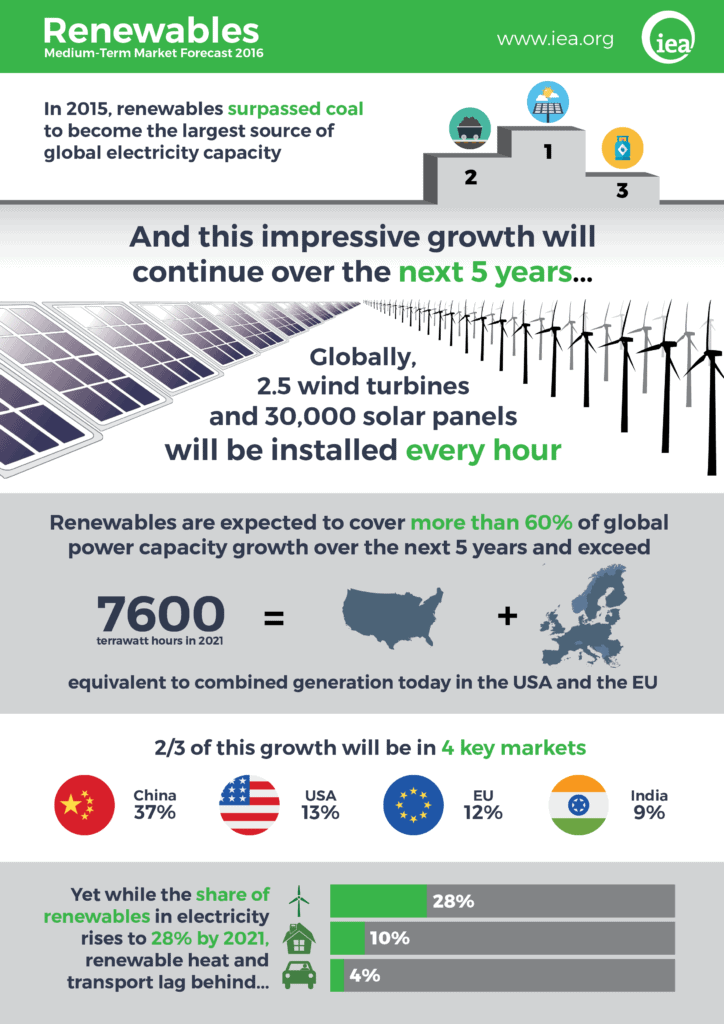It’s been a long and crazy ride, but coal’s time seems to be finally fading away. According to data released by the International Energy Agency (IEA), renewables have become the largest supplier of new electricity, growing much more than expected and surpassing coal.

The shift actually occurred in 2015, but the data analysis was completed just recently. About half a million solar panels were installed every day around the world in 2015. In China, the biggest driver of new renewables, two wind turbines were installed every hour in 2015.
“We are witnessing a transformation of global power markets led by renewables and, as is the case with other fields, the center of gravity for renewable growth is moving to emerging markets,” said Dr Fatih Birol, the IEA’s executive director.
Indeed, 2015 was a turning point for renewables. Led by wind and solar, renewables represented more than half the new power capacity around the world, reaching a record 153 Gigawatt (GW), 15% more than the previous year. The landmark Paris Agreement, in which countries agreed to curb greenhouse gas emissions, also helped push forth and set a good field for following years.
But the main reasons for this are purely economic. Renewables have simply become a good investment, and in many places, they’re already cheaper than fossil fuels – especially coal. The IEA estimates that both solar and wind will continue to become significantly cheaper in the next five years, by 25 and 15 percent respectively. The IEA writes:
“Renewables are expected to cover more than 60% of the increase in world electricity generation over the medium term, rapidly closing the gap with coal. Generation from renewables is expected to exceed 7600 TWh by 2021 — equivalent to the total electricity generation of the United States and the European Union put together today.”

But not all is rosy. There is still ground for caution, especially on the political side. Political instability is a great deterrent to renewable investments, as is lousy policy. Donald Trump’s statements to “bring back coal” have brought a shadow of doubt over the future of renewable investments. It’s also worth remembering that we’re still just starting to scratch the surface of renewable energy generation – the world has much more potential than we’re using.
“I am pleased to see that last year was one of records for renewables and that our projections for growth over the next five years are more optimistic,” said Dr. Birol. “However, even these higher expectations remain modest compared with the huge untapped potential of renewables. The IEA will be working with governments around the world to maximize the deployment of renewables in coming years.”






